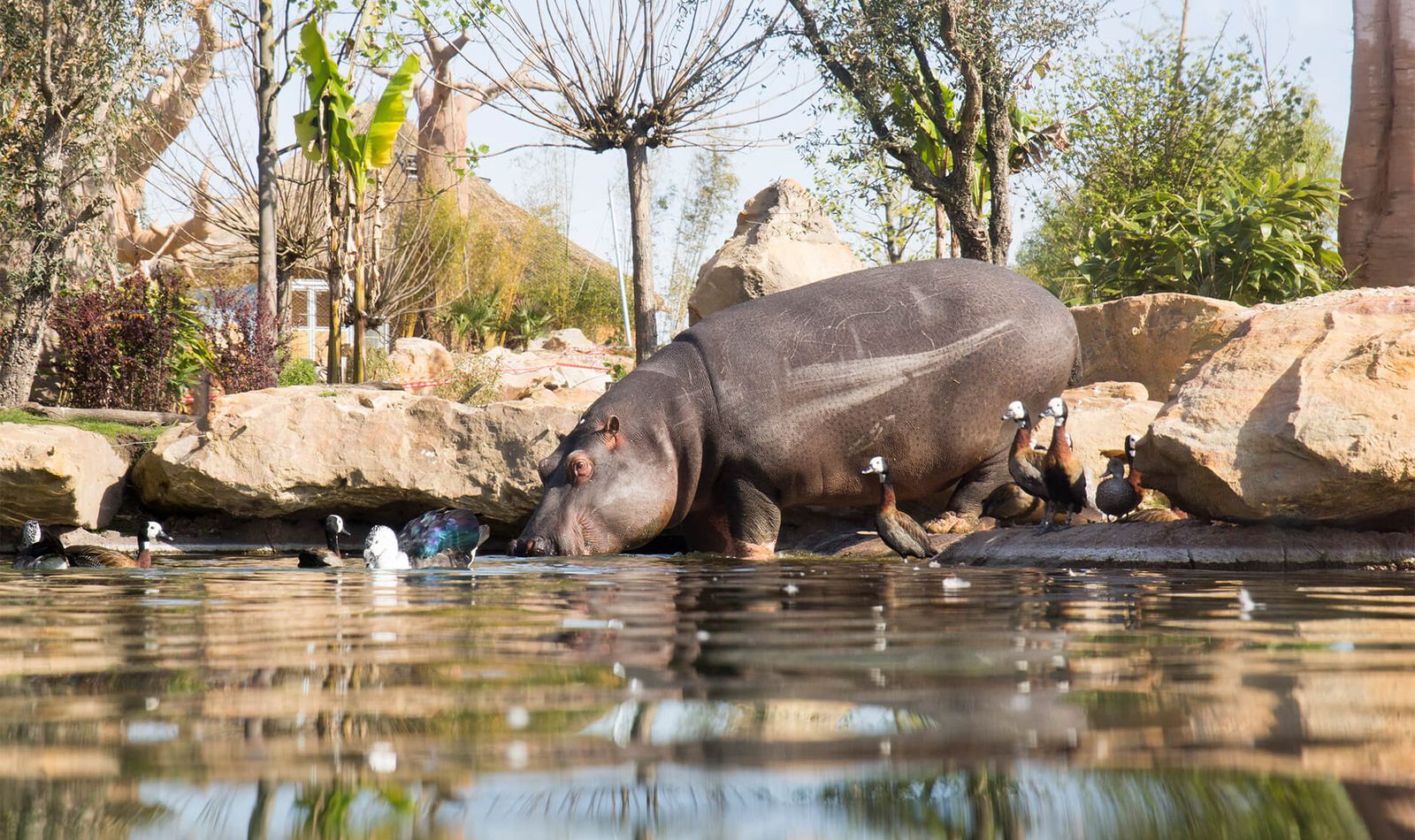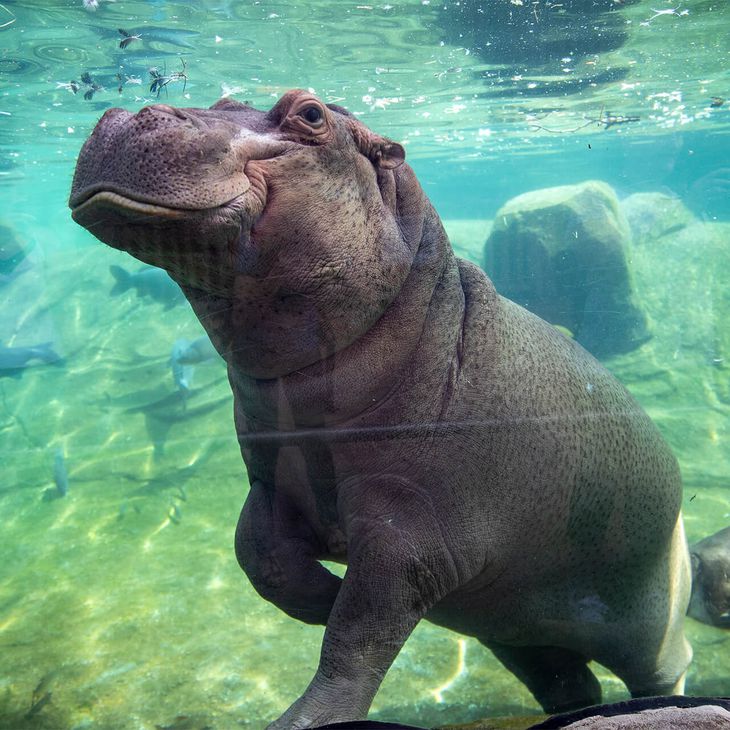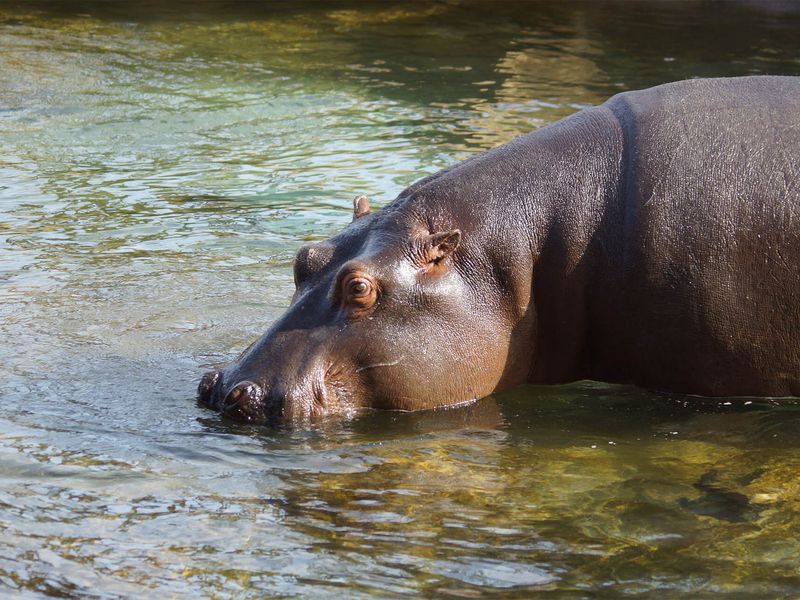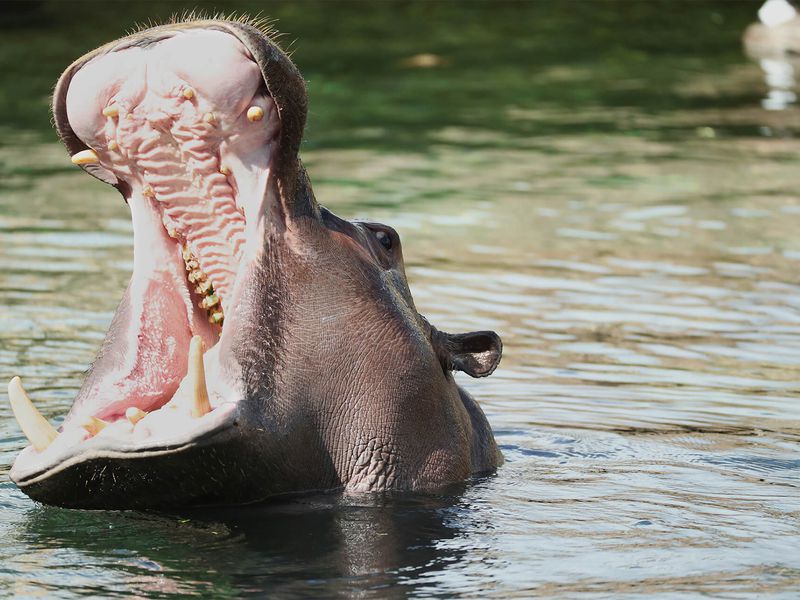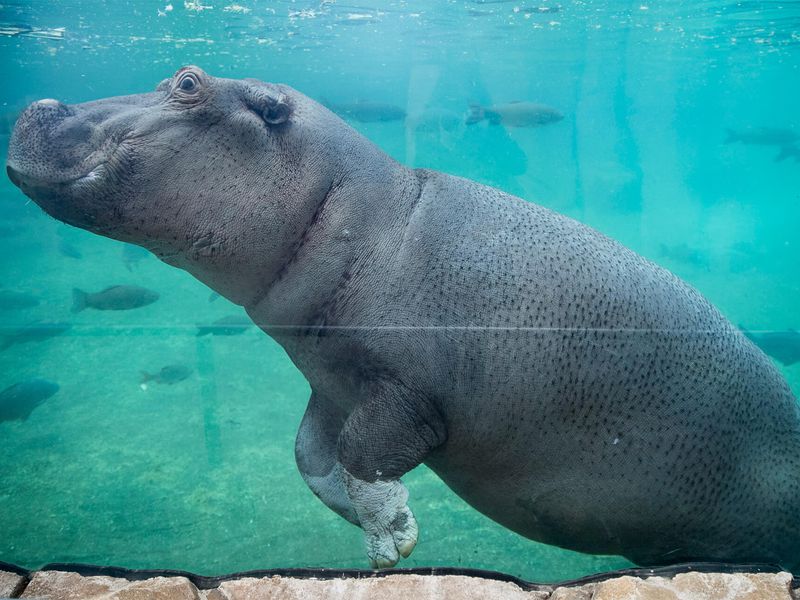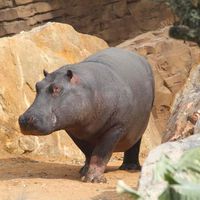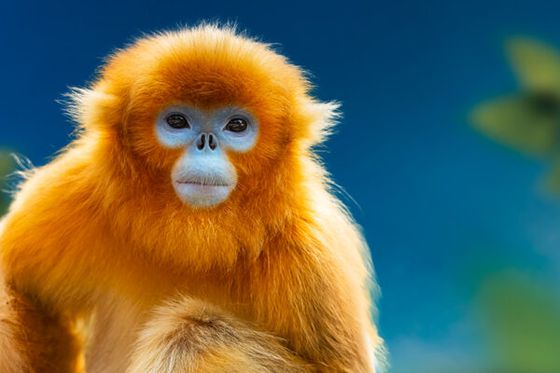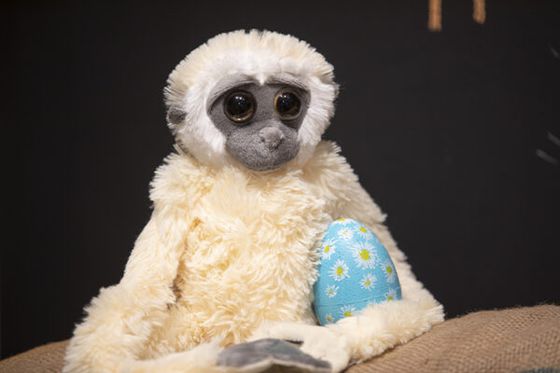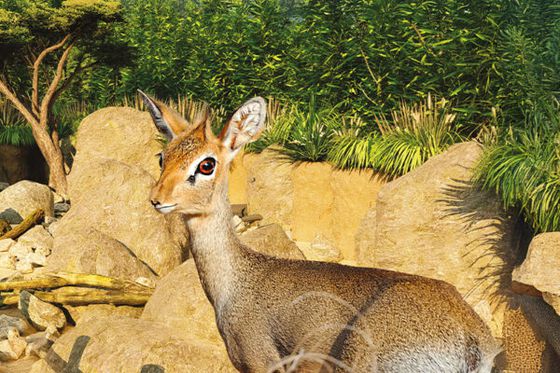« The hippopotamus is considered to be the most dangerous animal in Africa. »
A humongous amphibious mammal
Much more at home in water than on land!
Although often simply called the “hippopotamus”, its true name is the common hippopotamus (or river hippopotamus) to differentiate it from the other species, the pygmy hippo. This semi-aquatic giant weighs up to 3 tonnes! It lives mainly in rivers or lakes, near to the pastures where it will find its food once evening comes. This impressive amphibious mammal, though clumsy on earth, becomes a picture of elegance and grace once in the water! Come and watch them bounding about in the water through the windows of the hippopotamus reserve.
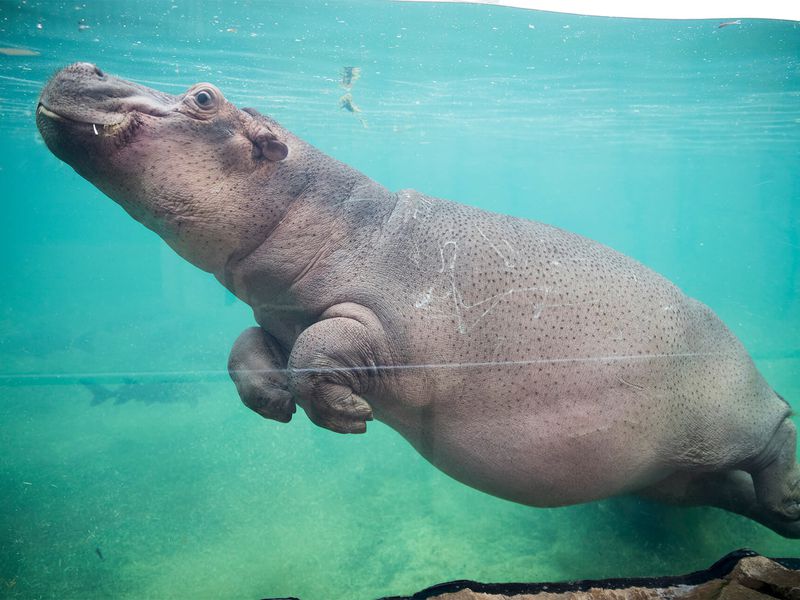
Did you know?
Kiwi’s water ballet
The star of the reserve
The ZooParc de Beauval’s Hippopotamus Reserve offers one of a kind views of these impressive mammals. In this video, one of the female hippos, Kiwi, shows us the full extent of her aquatic prowess!
The Beauval Nature association
For the past 10 years, the Beauval Nature association has joined forces with field workers to support them in their primary mission of species conservation. Beauval works closely with numerous conservation and research programmes around the world to study and protect endangered species. This everyday action takes place in order to protect our biodiversity.
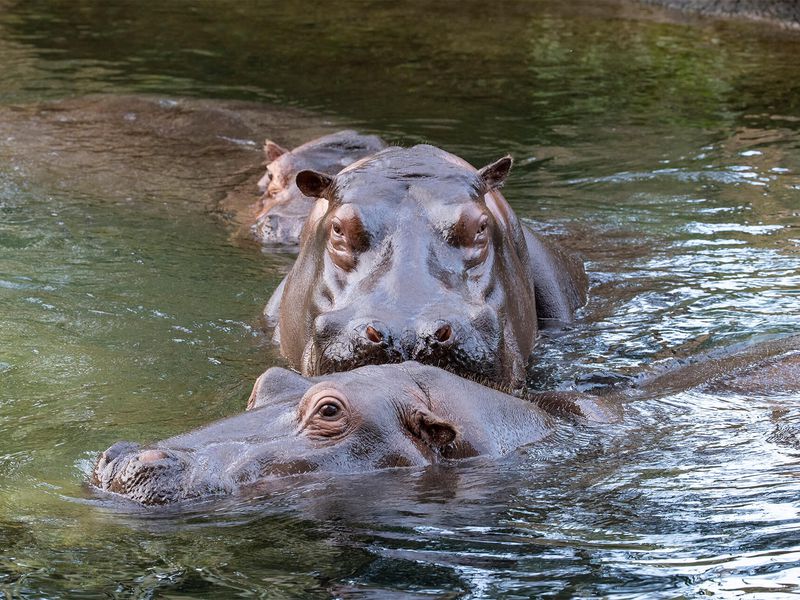
Kiwi, the hippo in socks
Arriving in Beauval in March 2016, Kiwi immediately showed her keepers that she had a very strong character.
Today she is much calmer and shares her enclosure with Kvido and Bolinhas.
She is fairly easy to recognise! You just need to look at her feet. Kiwi has white feet, like she is wearing socks!
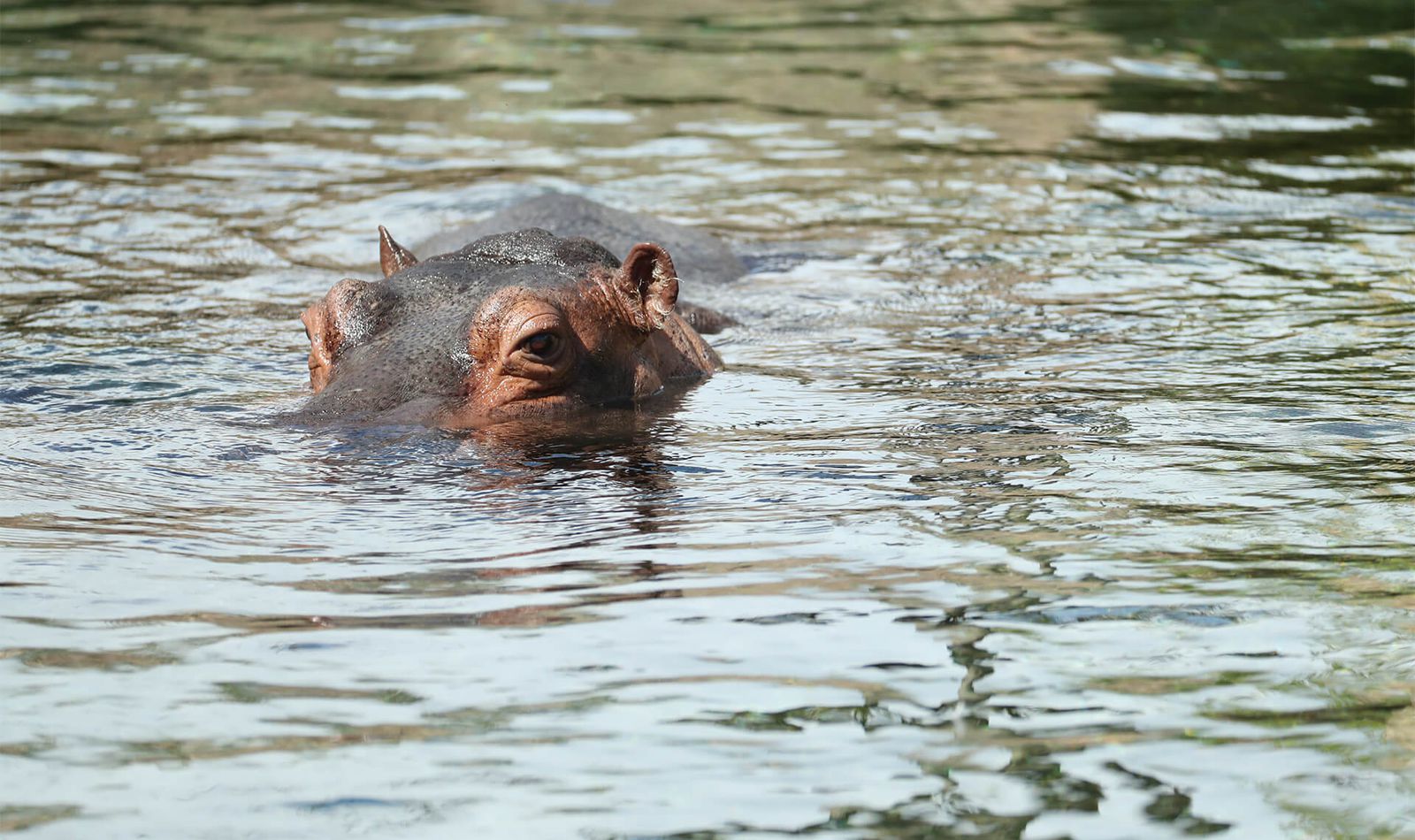

Sponsor our hippos
Establish a strong bond with your favourite animal whilst supporting conservation programmes through the Beauval Nature association!
Vulnerable
Learn more about the species
-
HerbivoreDiet
-
8 monthsGestation period
-
1 youngLitter size
-
Forests, Savannahs, WetlandsHabitat
When you’re eating well, you’re well
The most dangerous African animal
Asleep in the watery depths…

Take full advantage of the experience thanks to our mobile application!
Find out more
